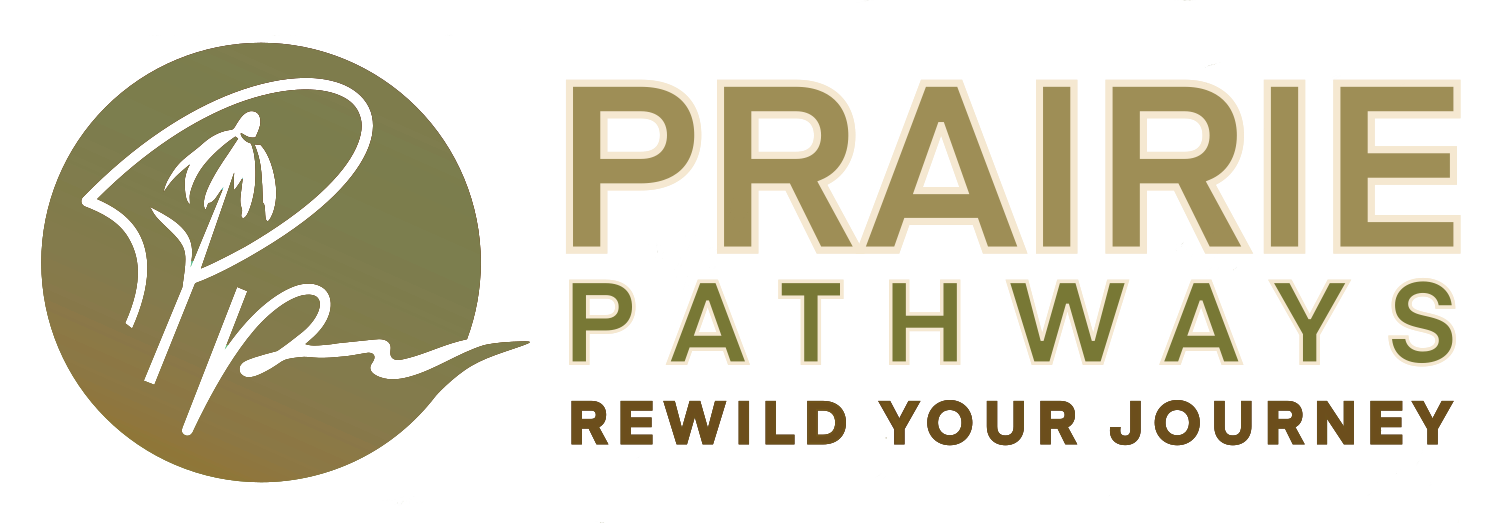The Park in Your Garden
Parks are spaces where we can rest, play, enjoy nature and a host of other activities.
They belong to the community, inviting us to go beyond the borders of our own homes, gardens and clubs. Parks ask us to share and trust. They encourage us to get outside, notice, engage. Parks can also be sites of honoring and remembrance, sites of hope and inspiration. In short, parks serve us in innumerable ways.
Here in Green Trails we are fortunate to have many accessible parks. One particular kind of park is absent, however: Homegrown National Park. This is the park that hosts, feeds and shelters through the inclusion of native plants.
Entomologist Doug Tallamy put forth the concept of Homegrown National Park several years ago when he recognized that pollinators, beneficial insects, and wildlife in general, were imperiled due to native habitat loss and degradation. He noted how current park systems, whether local, state or national are too fragmented to buttress wildlife populations. The distance for wildlife to travel among these parks is too large, too many dangers lie on the path of movement, and shelter and food are hard to come by on the journey.
What we do have, though, are a lot of single and multifamily residences that have green spaces, which importantly abut each other. These spaces can provide host plants for state endangered species like the Karner blue butterfly (whose caterpillars need wild lupine [Lupinus perennis] to survive) and the Cobweb skipper (whose larvae need little bluestem [Schizachyrium scoparium] for survival), among others. It is not enough for these green spaces to exist, however, as grass alone does not make for a Homegrown National Park. This park, our shared park, requires plants. And to plant is to act.
Over the next few issues, we will take a look at how we can transform our green spaces to become a part of Homegrown National Park. Rest assured; garden beds are not needed (although welcomed where possible!). A plant pot will do.
Resources
DuPageMonarchProject. No Date. https://dupagemonarchs.com/.
Homegrown National Park. No Date. https://homegrownnationalpark.org/.
Tallamy, Douglas W. 2019. Nature’s Best Hope: A New Approach to Conservation That Starts in Your Yard. Portland, OR: Timber Press, Inc.
Illinois Department of Natural Resources. 2020. “Checklist of Illinois Endangered and Threatened Animals and Plants.” Division of Natural Heritage.
https://www2.illinois.gov/sites/naturalheritage/Documents/IllinoisEndangeredandThreatenedSpecies.pdf.

